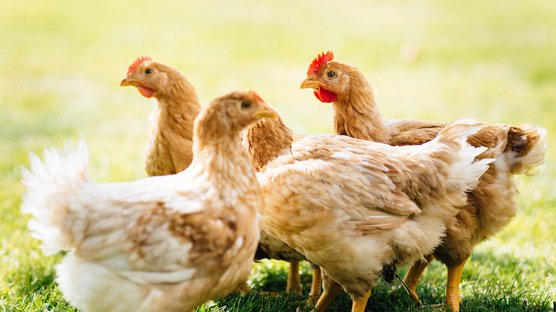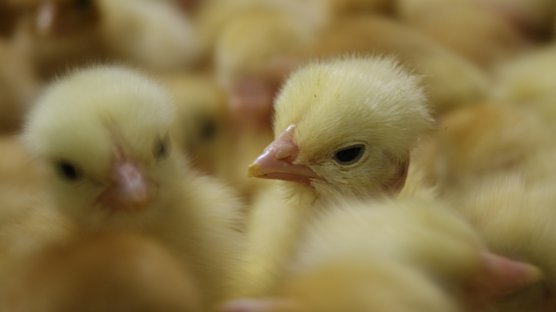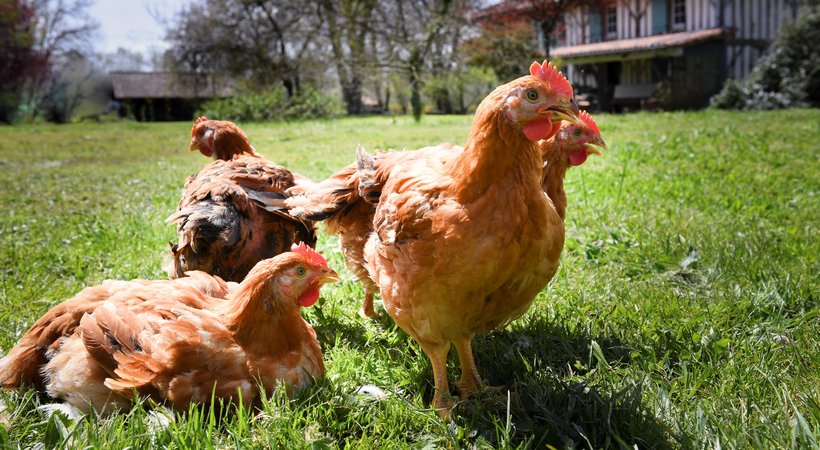
Published on June 10, 2024
How to properly manage the weight of your future breeders
From their first week of life, the farmer must control the growth of the future breeders to ensure a good body composition. In this article, you will find our advice on how to manage the weight of future breeders.
Weighing
From the first week the farmer must check and manage the growth of future breeders.
This control is performed each week by weighing a sample of fasting animals. For this control to be effective, the farmer always weighs the animals on the same day of the week, at the same time, preferably on the day when feed is not distributed so that they are fasting, or before feed ration distribution when using the 7/7 system. Making this day as close as possible to that of their arrival in rearing is recommended (ideally a day without feed is this day).
Method of performing the weighing:
- Group together 1% of the females (minimum of 60 subjects) and 10% of the males in a trapping pen always placed in the same location.
- Weigh the females individually, then the males noting the weights and the number of individuals measured in order to calculate the average weight of the batch, the coefficient of variation and uniformity to plus or minus 10%. All the penned animals must be weighed.
Technical tip
When weighing, is you observe a deterioration in uniformity the animals must be divided into pens according to their weight. This is grading, detailed in the next section.
The average weight obtained enables you to find your position in relation to the theoretical weight curve provided by SASSO. It enables you to ration future breeders by adjusting the quantities of feed distributed.
Feed rationing is an essential step in rearing future SASSO breeder hens. By rationing you obtain pullets with a correct body composition at the start of laying, with a good size and no excessive fat.
Errors to be avoided
Above all do not think that animals in a pen can be chosen randomly. The large animals are easier to spot, and it is easier to trap them as they cover the small ones. To compensate the farmer may then choose the smallest. In all these cases there is a bias. We recommend penning the animals and weighing 100% of the penned animals. If it is thought that there are too many it is better to open the pen and close it again on a smaller number (minimum 1% for females) rather than stopping during weighing, at the risk of having taken the largest as a priority.
For each weighing the table must be filled in using, for the first column, a series of weight values around the objective to be achieved (one weight every 10g for example for young animals, every 20 or 30g for older animals). Each animal is weighed, and its weight is recorded by a cross in a box on the corresponding line. As weighing progresses the most represented weights in the sample are seen. If the curve obtained is close, this means that the weights do not vary much around the majority value, which is good (uniform batch). It is important that these weights are close to SASSO targets. Conversely a relatively wide curve shows low uniformity and must show concerns on the conduct of rearing (feed distribution, grading, etc). Our objective is that 80% of the animals are about target weight, to plus or minus 10% (e.g. for a target weight of 800g, 80% of animals should have a weight between 720g and 880g).
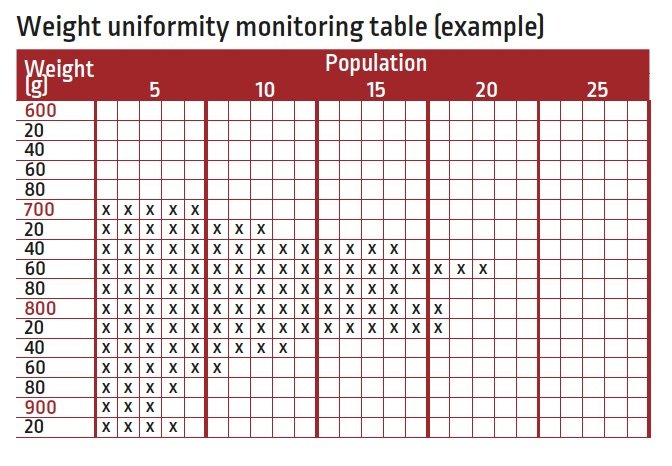
Feed
The farmer’s objective during the rearing period is to obtain the most regular growth curve possible, as close as possible to the SASSO weight recommendations, in order to express their entire genetic potential in the reproduction period. At this stage observation of the batch is mandatory.
Feed quality
Uneaten feed will be removed in order to prevent any humidification and the development of fungi or mycotoxins. The feed chains or hoppers must be empty before the light is turned out.
Feed is one of the vectors for the introduction of salmonellae in the rearing of breeders. The recommended method for decontaminating the feed is short-term heat treatment. Today feed manufacturers offer a range of products generally including feeds that are thermally decontaminated and offering satisfactory safety.
In order to guarantee optimum hygiene quality, monitor the storage conditions for this decontaminated feed and the hygiene of the feed supply lines. By using two silos you have the potential to empty, wash and disinfect each silo whilst allowing normal distribution of the feed.
Dividing orders is recommended so that you always have fresh feed (by preventing damp from forming blocks in the storage containers or the feed overheating).
These days, feed manufacturers offer feed cycles including three or four phases: starting, growth, pullet as a minimum.
Feed quantity
How should the feed ration be developed?
If there was only one rule to remember is this chapter, it would be this:
“Feed ration is function of growth”
This means that our recommendations for the feed quantity are very theoretical and are general indications for the first batches. In no circumstances should they be applied to the letter, especially from 3 weeks of rearing.
The farmer should assess the growth of the batch regularly and adapt the feed ration as a consequence. His rearing system, the formulation of his feed and the geographical area where he is will quickly help in determining the correct feed quantity enabling him to achieve the recommended weight objectives.
After approximately the third batch, the farmer will have sufficient experience to determine what is suitable in terms of feed for his case. He could then break free from SASSO recommendations for feed quantity and use his own feed program to reach the weight objectives.
This work may be carried out in collaboration with the SASSO team, don’t hesitate to ask their advice. The feed quantity increases over time in the rearing period. It is important that his animals are weighed regularly in order to control weight change (weekly weighing).
When a batch exceeds the weight objectives it is necessary to bring it back to the theoretical curve by reducing the increase in the feed ration or even by keeping the same quantity of feed for several weeks in a row. An animal in full growth will gain weight even if the feed quantity remains constant. Some cases require a reduction in the feed quantity, but we recommend you ask your SASSO partner in order to estimate the quantity to decrease correctly.
How can uniformity be improved? Grading
Grading makes it possible to improve batch uniformity by adapting the feed ration to be as close as possible to requirements. It involves dividing the batch into pens according to weight.
Females:
We recommend sorting the females according to their weight from 4 or 5 weeks old. At least three categories must be distinguished: animals close to the weight objective, those too light and those too heavy.
Each category will receive a feed ration suitable for its condition so that lights animals catch up, those at the right weight remain within the reference objectives and the animals that are too heavy have their growth slowed.
In fact, the “small” animals and the “too heavy” animals will be subject to competition suitable for their size during the meal, which will enable them to return to the curve if the feed ration is correctly adapted.
Beyond the 15th week, catching up is difficult.
In fact, all the tissues (bone, muscle and fat) do not form at the same time or the same speed. In the first 10 weeks, it is mainly the skeleton that develops.
Between 10 and 20 weeks fat synthesis is important and hens receiving too much energy through the feed (hens that are too heavy) risk developing hemorrhagic livers.
So in this period, if too much feed is given to a hen that is “delayed” on the curve she will not convert her feed ration into muscle but rather fat and could damage her liver.
This is why it is necessary to anticipate deviations from the curve and adapt the feed ration as early as possible in the animal’s life.
Technical Tip
Roosters have a tendency to ingest clean litter, which forms fibrous blockages in their digestive tract! They then consume a lot of water to try to move it down, but this generally does not work. Distributing grit (50kg for about 500 roosters) makes it possible to resolve this problem.
Males:
Generally, we recommend rearing the males separately from the females, in a different building. If this is not possible, it is preferable to rear them in a separate pen. This is especially important for the heavy C and X strains, only the light T strains can be reared with the females, but it is necessary to add feeders that are only accessible to the males from 10 weeks.
Technical Tip
Some livestock farmers choose to raise the males from light lineages (T) in the same enclosure as the females. In this case hoppers specifically dedicated to roosters should be added from the age of 11 weeks to meet their higher dietary requirements.
For males reared separately, between 4 and 8 weeks, the uniformity of the flock can be improved as follows:
- Make two pens
- Sort the males into two categories (one per pen): large and small
- Remove those with rickets or those having significant growth retardation
- Feed these two pens differently. The objectives are as follows:
- Progressively reduce the growth of the heaviest individuals.
- Progressively increase the weight of the lightest individuals.
- Repeat the operation every week
How can growth be rectified?
Many feed formulations are very rich in energy and consequently the hens become too heavy.
In this case, it is necessary to act quickly by reducing the weekly increase in the feed ration or even blocking it for several weeks to get the birds back in the recommended weight curve.
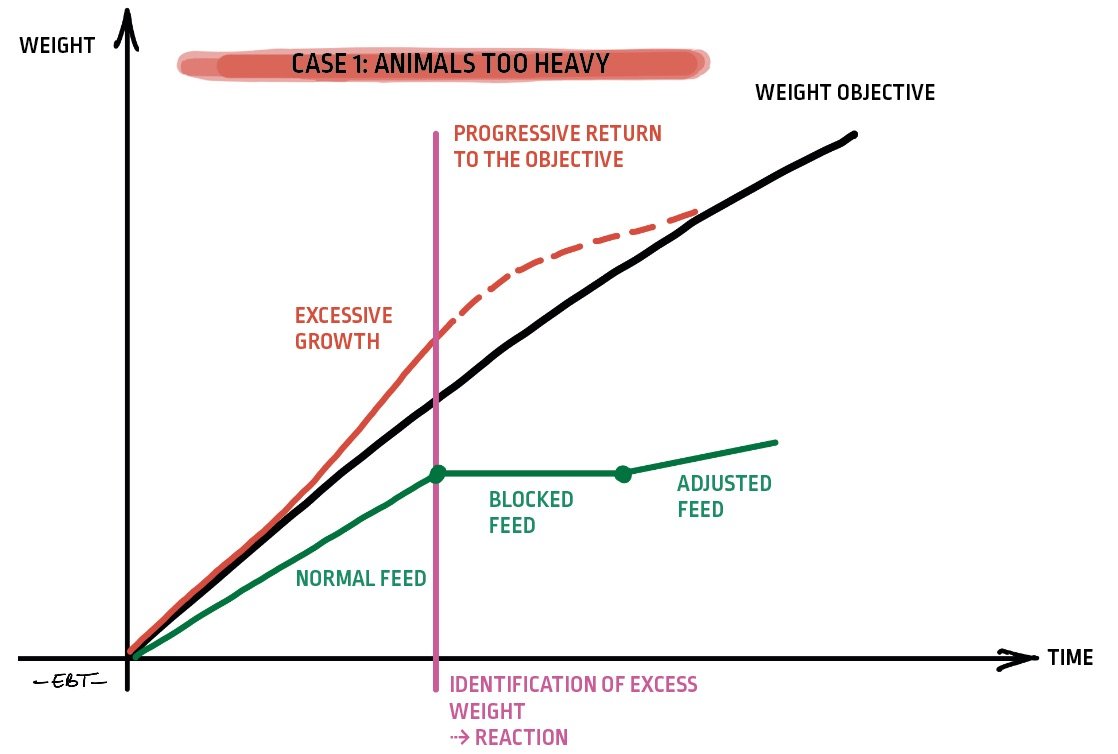
Figure 123: When you notice that your weight is slipping away from the recommendations, you should slow down or even stop the weekly increase until the weight returns to the target.
Animals that are too light must catch up. Before the age of 10 weeks the increase in the feed ration may be fast because the ration will mostly be converted into muscle mass. However, after this age a feed ration that is increased too quickly will result in an excessive synthesis of fat. So from the age of 10 weeks it is necessary to increase progressively.
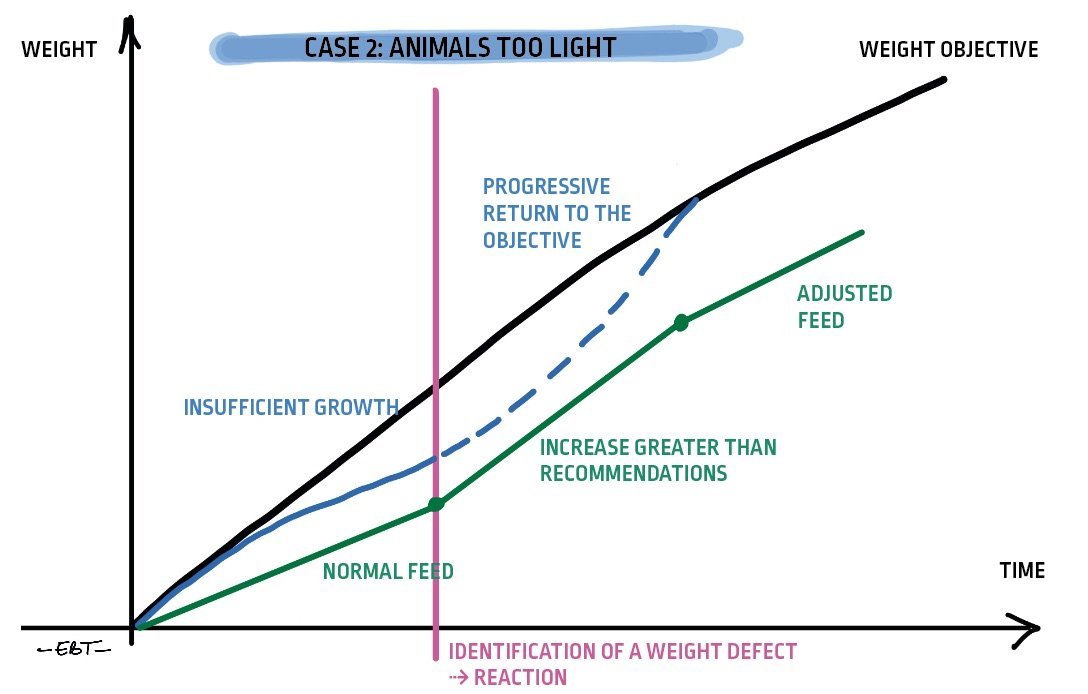
Figure 124: When it is noticed that the weight is insufficient, the ration should be increased more rapidly until the weight returns to the target.
Rationing in 5 to 7 days
The rationing system of 5 days out of 7, or 5/7, involves only distributing the feed ration on 5 days a week. It is put in place between the 4th and the 6th week. It considerably improves the performance of the batch because:
- It makes it possible to control the competition between animals when accessing the feeders
- It makes it possible to prepare the animals to ingest a significant ration of feed at the peak of laying by increasing the volume of the crop.
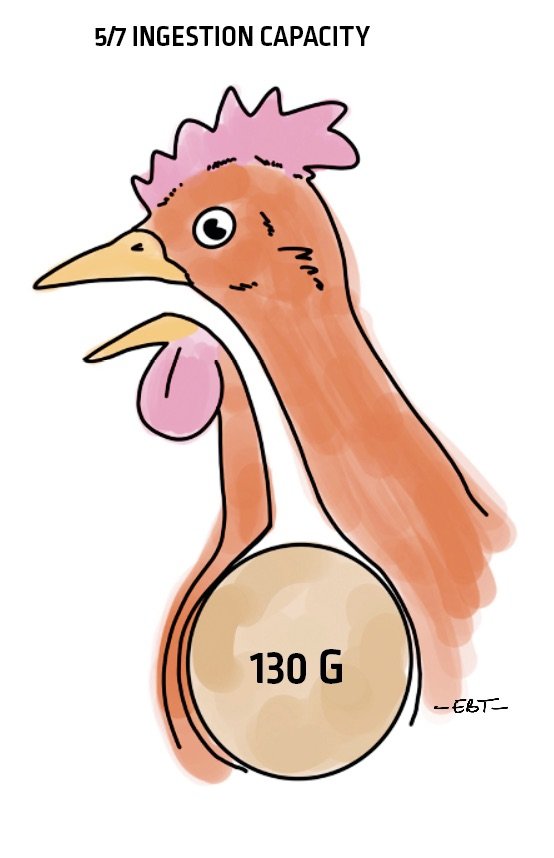
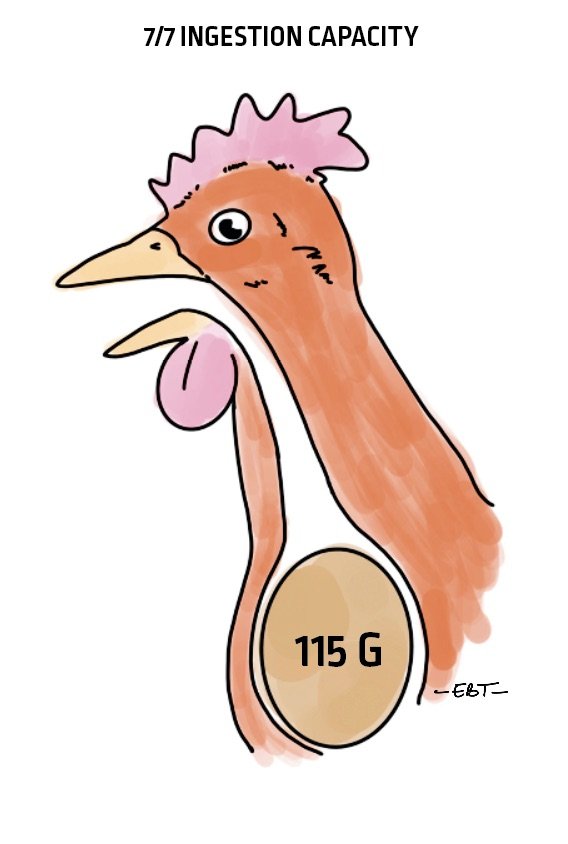
Figure 125: By eating a larger volume of food at each meal, a hen raised in a 5/7 system increases her feed intake capacity. It will cope better with a rapid increase in feed intake (up to 130g at peak) than a hen reared in 7/7.
Errors to be avoided
Above all 5/7 rationing should not be used for males.
If the males are reared in the same building it is necessary to give cracked corn or whole wheat to the females on the days without feed in order to occupy them when the males are fed.
In practice, the weekly quantity of feed chosen by the farmer must be retained but it should be divided into 5 daily feed rations instead of 7. The days without feed are set and do not follow each other. Cracked corn or whole wheat as well as grit may be distributed on the days without feed in order to occupy the animals and maintain the litter by scratching. It is unnecessary to give too much as it is simply used to stimulate the animals.
The farmer wishing to put in place a 5/7 system must determine which will be the two days without feed distribution. Often Sunday is chosen to lighten the workload during the rest day. The other day without food will be the day on which animals are weighed. As far as possible this day should also be close to the day on which the batch arrived on the farm. For example, if the batch arrived on a Tuesday, the second day without feed could be Wednesday. If the batch arrived on a Friday, the day without food would be Thursday.
The 5/7 feed system stops at transfer and then we return to 7/7.
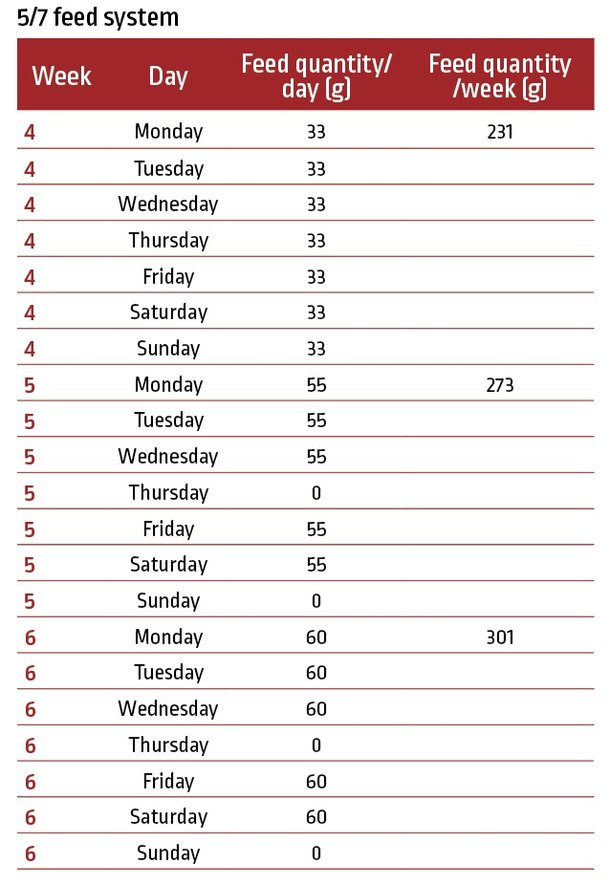
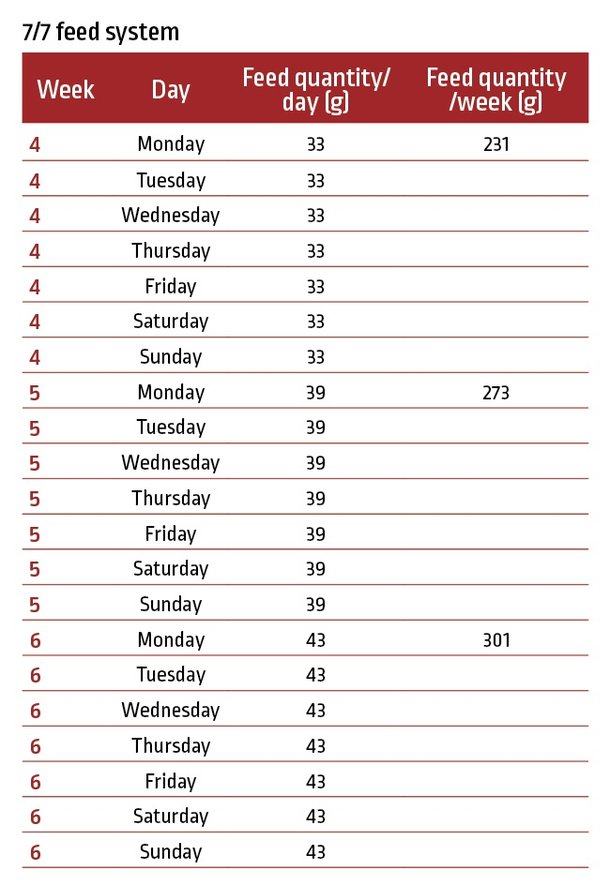
Example of conversion of a feed ration 7 days out of 7 into a feed ration 5 days out of 7 (values given as an example):
If the feed ration distributed 7/7 is 39g/day/animal the calculation is as follows:
- Calculation of the weekly feed ration:
- Conversion to 5 days out of 7 distributions:
The increase in the daily feed ration is therefore 40%.
Technical Tip
On the two days which precede the first day without feed, give the 5/7 feed ration (more than their normal ration per day) so that the animals are quiet when there is no feed distribution.

